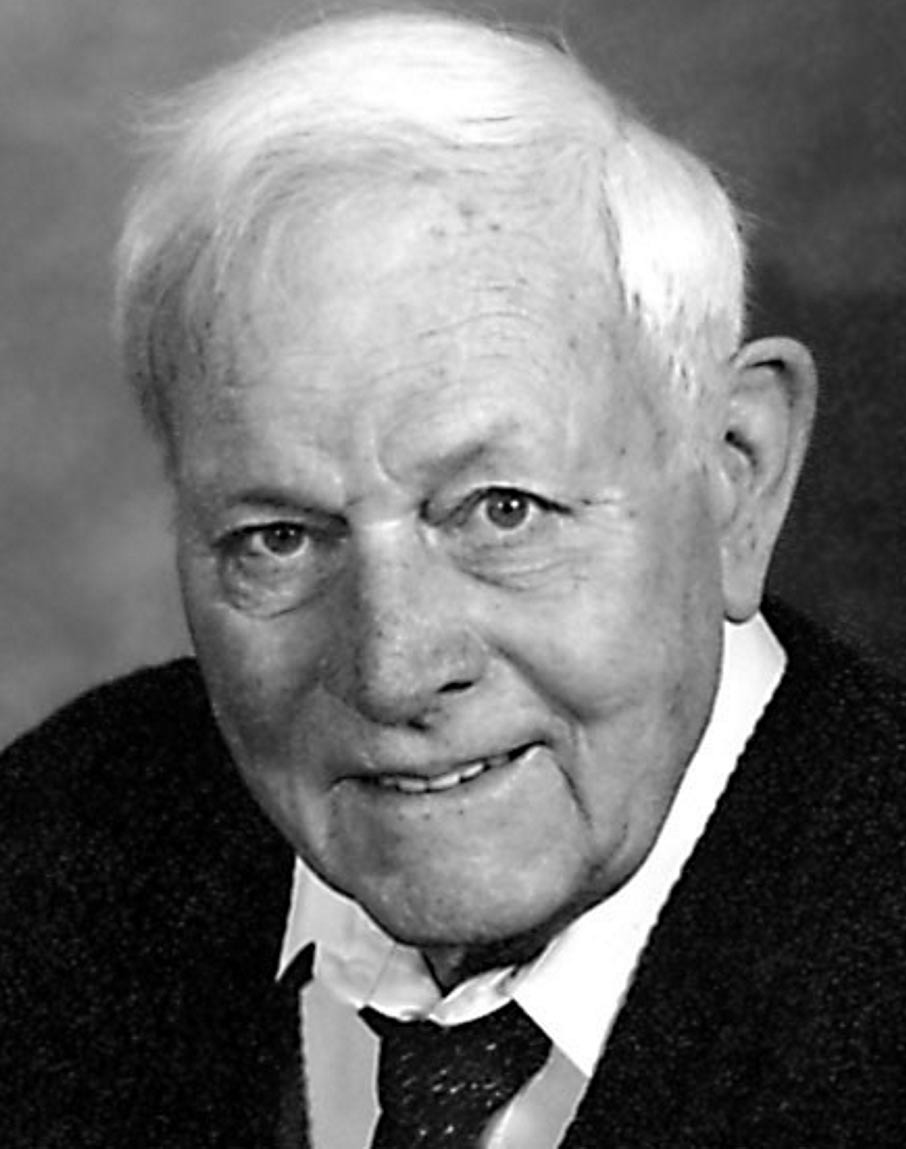Robert Lawrence Jepsen
DOI: 10.1063/1.1496385
Robert Lawrence Jepsen, an ultra high vacuum (UHV) pioneer, died of natural causes in Lacey, Washington, on 13 April 2001. Bob was the first formally appointed director of research for the microwave tube division of Varian Associates, although Russel Varian, chairman of the board, had directed research since the company was founded.
Born on 16 June 1920, in Valley, Washington, Bob received his BS in electrical engineering from Washington State University in 1943. In 1951, he earned his PhD in physics at Columbia University, where he was a student of Willis Lamb. His thesis was on the space charge theory of the magnetron oscillator. Because of this research, he was an ideal candidate to direct microwave research at Varian.
Bob joined Varian when the company occupied a small manufacturing building in San Carlos, California. In 1956, he led a program involving the investigation of electronic vacuum pumping to eliminate oil contamination of klystron cathodes. This effort led to the invention, with Lewis D. Hall of his group, of the VacIon pump in 1957. Bob’s magnetron theory, which showed that the pumping speed of a Penning cell should be independent of the cell’s diameter, led to the design of honeycomb-shaped anodes and commercial VacIon pumps with speeds of thousands of liters per second.
In 1957, through the Varian advanced study program, Bob attended Harvard University for the academic year. There, he studied magnetism in the laboratory of J. H. van Vleck. In 1961, Bob became the manager of research for the newly established Varian vacuum division based on the VacIon pump. He and his colleagues invented and developed the UHV technologies familiar to us today that are used in applications including particle and medical accelerators, and in surface science experiments.
During the early 1960s, Bob discovered the mechanism of noble gas pumping in VacIon pumps, which had been a great mystery. Whereas chemically active gases are pumped by reaction with sputtered titanium, the mechanism for the observed small pumping speed for neon and argon was not understood. Bob proved that a fraction of noble gas ions are kinetically reflected from the cathode as neutrals, and buried in the anode surface. This effect could then be enhanced for noble gas pumping.
In 1964, Bob became director of research of Varian’s Central Research Laboratory, where he managed a large staff of scientists and engineers pursuing programs in materials science. From 1968 to 1974, he managed an electrographics start-up project, in collaboration with Edward L. Ginzton. Subsequently he studied and passed the US patent bar exam and, as a patent agent, wrote and coordinated the patents of Varian’s industrial equipment group.
Bob retired in 1982, after 30 years at Varian, to grow wine grapes in the Pacific Northwest and to live in his home state of Washington, where he grew up as a farm boy.
Bob was a director of the American Vacuum Society (now called AVS: The Science and Technology Society) from 1964 to 1966. He was program chair of the society’s annual meeting in 1965.
An especially considerate and thoughtful person, Bob was also known for his integrity and generosity in sharing credit for advances made by him and under his influence. He left this impression on his many colleagues as an ideal to be achieved in their careers. When Bob returned from a visit to England, a colleague asked him, “How was everything in England?” Bob replied, “Well I don’t know about everything in England.” This illustrated his complete lack of superficiality and his desire to give honest and accurate answers to all questions.
Bob was at the heart of the early development of Varian Associates. For the Varian founders and for Russell Varian, the word “Associates” carried a special meaning: “A man has the right to know the significance of what he is doing… .” Bob embraced this view throughout his career. While essentially modest, Bob’s views were reinforced with an especially crushing handshake, developed from milking cows as a boy.
Bob hiked avidly in the Sierras, and was known to enjoy a good cigar, a glass of fine wine, and playing his viola. His colleagues remember him as one who had a major impact on their lives.

Robert Lawrence Jepsen

More about the Authors
John C. Helmer. 1Menlo Park, California, US .
Marcel W. Muller. 2 Washington University, St. Louis, Missouri, US .
Sherman Rutherford. 3 Duniway Stockroom Corporation, Mountain View, California, US .
Ira Weissman. 4Palo Alto, California, US .